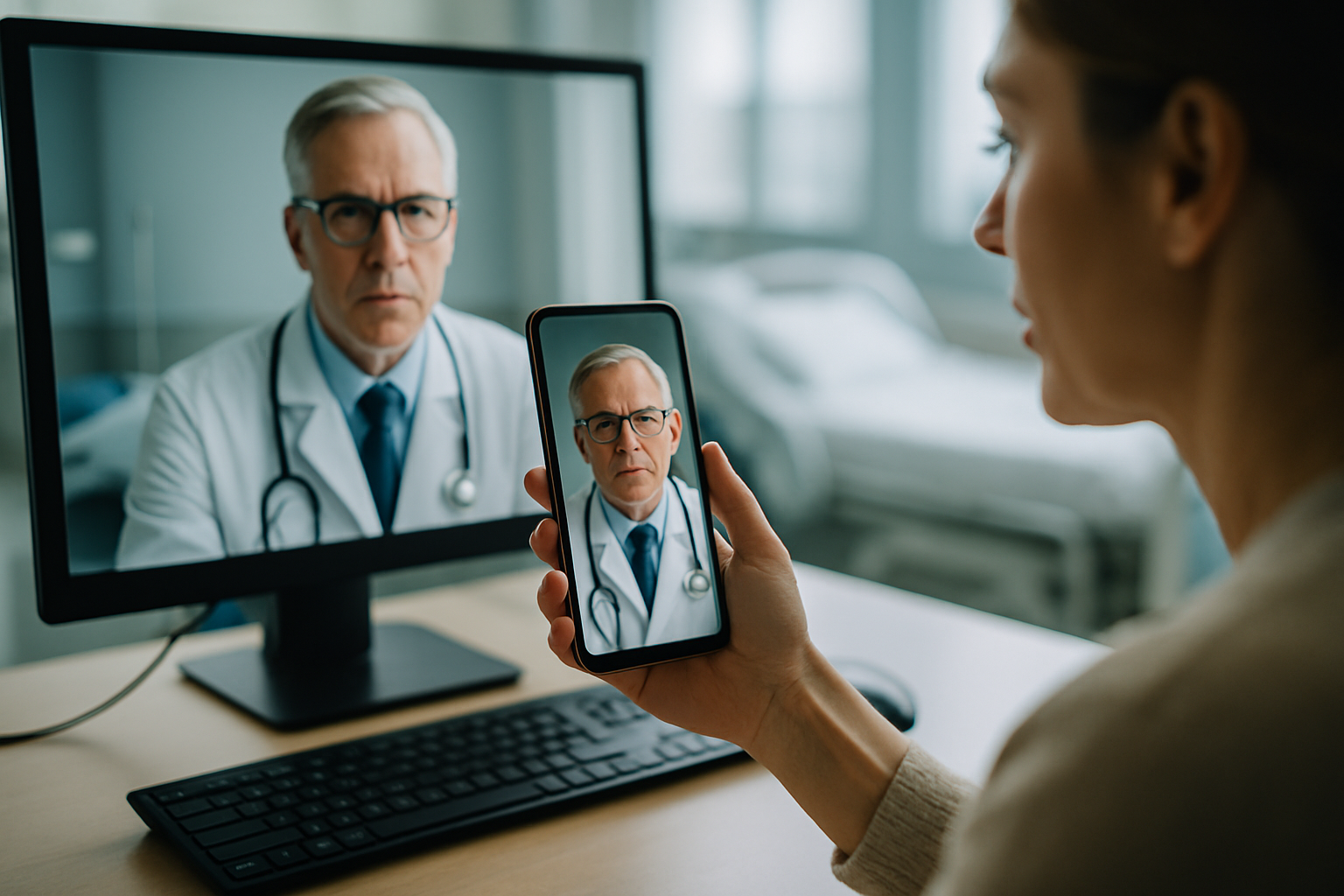Teledentistry: Revolutionizing Oral Healthcare Access
The fusion of telecommunications and dentistry is transforming how patients receive oral care. Teledentistry, a burgeoning field at the intersection of digital technology and dental health, is reshaping traditional practices. This innovative approach leverages advanced communication tools to connect patients with dental professionals remotely, offering unprecedented access to oral healthcare services. But how exactly does teledentistry work, and what implications does it hold for the future of dental care?

As internet connectivity improved and smartphones became ubiquitous, teledentistry evolved from a niche application to a viable alternative for traditional in-person dental visits. The COVID-19 pandemic accelerated this transition, with many dental practices adopting teledentistry solutions to continue providing care while minimizing physical contact.
Today, teledentistry encompasses a wide range of services, from initial consultations and follow-up appointments to remote monitoring of orthodontic treatments and even AI-assisted diagnoses.
How Teledentistry Works
At its core, teledentistry relies on secure telecommunication technologies to facilitate interactions between patients and dental professionals. These interactions can take several forms:
-
Live video consultations: Real-time video calls allow dentists to visually examine patients, discuss symptoms, and provide advice.
-
Store-and-forward technology: Patients can securely send photos or videos of their oral health concerns for dentists to review asynchronously.
-
Remote patient monitoring: Dentists can track patients’ progress over time, particularly useful for orthodontic treatments or post-operative care.
-
Mobile health applications: Smartphone apps can guide patients through self-examinations or provide oral health education.
These modalities often integrate with existing dental practice management software, ensuring seamless record-keeping and follow-up care.
The Impact on Patient Care
Teledentistry is significantly improving access to oral healthcare, particularly for underserved populations. Rural communities, where dental professionals may be scarce, benefit from the ability to connect with specialists remotely. Similarly, individuals with mobility issues or time constraints find teledentistry a convenient alternative to in-person visits.
Moreover, teledentistry is proving effective in triage and early intervention. Patients can quickly consult with dentists about emerging issues, potentially preventing more serious problems that would require extensive treatment. This proactive approach not only improves patient outcomes but also reduces the overall cost of care.
Challenges and Considerations
Despite its potential, teledentistry faces several hurdles. Regulatory frameworks struggle to keep pace with technological advancements, leading to inconsistent policies across jurisdictions. Insurance reimbursement for teledentistry services remains a complex issue, with coverage varying widely among providers.
Technical challenges also persist. While video quality continues to improve, it may not always provide the level of detail necessary for comprehensive diagnoses. Additionally, not all patients have access to the high-speed internet connections required for seamless video consultations.
Privacy and data security concerns are paramount in teledentistry. As with any digital health solution, protecting patient information from breaches is crucial. Dental practices must invest in robust cybersecurity measures and comply with regulations like HIPAA in the United States.
The Role of Artificial Intelligence
Artificial intelligence is increasingly playing a role in teledentistry, enhancing diagnostic capabilities and treatment planning. AI algorithms can analyze dental images to detect issues that might be missed by the human eye, providing dentists with valuable second opinions.
For example, AI-powered software can scan intraoral photos or X-rays to identify potential cavities, periodontal disease, or even early signs of oral cancer. These tools not only improve diagnostic accuracy but also enable more efficient workflows for dental professionals.
The Future of Teledentistry
As technology continues to advance, the possibilities for teledentistry expand. Virtual reality and augmented reality technologies could enhance remote consultations, allowing dentists to provide more immersive and interactive experiences for patients.
3D printing technology, combined with teledentistry, may revolutionize the creation and delivery of dental prosthetics and orthodontic appliances. Patients could potentially have custom devices designed remotely and printed locally, reducing the need for multiple in-person visits.
The integration of teledentistry with other digital health platforms could lead to more holistic approaches to patient care. For instance, combining oral health data with general medical records could provide a more comprehensive view of a patient’s overall health, enabling better coordinated care between dental and medical professionals.
Conclusion
Teledentistry represents a significant leap forward in oral healthcare delivery. By leveraging telecommunications technology, it addresses longstanding issues of access and efficiency in dental care. While challenges remain, the potential benefits for patients, practitioners, and the healthcare system at large are substantial.
As teledentistry continues to evolve, it promises to play an increasingly vital role in promoting oral health globally. The key to its success will lie in ongoing collaboration between technology developers, dental professionals, policymakers, and patients to ensure that teledentistry solutions are effective, accessible, and secure.
The future of dentistry is digital, and teledentistry is leading the way towards more connected, patient-centric oral healthcare.





